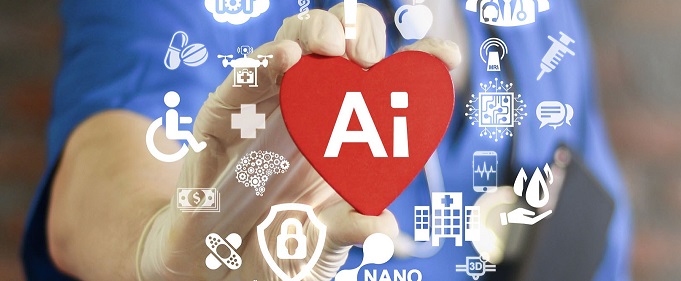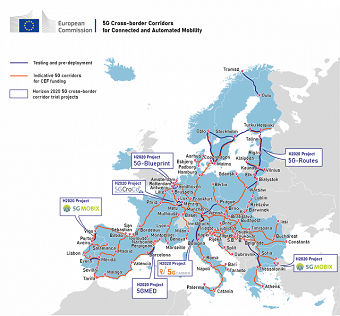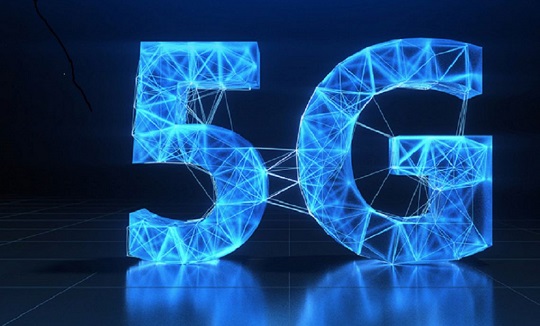The ETSI Technical Committee on Cybersecurity (TC CYBER) unveiled ETSI EN 303 645, a standard for cybersecurity in the Internet of Things that establishes a security baseline for internet-connected consumer products and provides a basis for future IoT certification schemes. Based on the ETSI specification TS 103 645, EN 303 645 went through National Standards Organization comments and voting, engaging even more stakeholders in its development and ultimately strengthening the resulting standard. The EN is a result of collaboration and expertise from industry, academics and government.
ETSI EN 303 645 specifies 13 provisions for the security of Internet-connected consumer devices and their associated services. IoT products in scope include connected children’s toys and baby monitors, connected safety-relevant products such as smoke detectors and door locks, smart cameras, TVs and speakers, wearable health trackers, connected home automation and alarm systems, connected appliances (e.g. washing machines, fridges) and smart home assistants. The EN also includes 5 specific data protection provisions for consumer IoT.
ETSI issued New White Paper on Artificial Intelligence
ETSI has unveiled a new White Paper on Artificial Intelligence (AI). This White Paper explores key issues of AI that present both huge opportunities and new challenges for information and communication technologies (ICT). This ETSI White Paper surveys the many technical activities in ETSI that consider AI. They include 5G systems, network optimization, privacy/security, data management, semantic interoperability and testing across all areas. Each area is considering the use of aspects of AI, including Health and Human Factors scenarios. Key references from other bodies are included for global context.
ETSI releases White Paper on the role of standards for ICT to mitigate the impact of a pandemic
ETSI unveiled a new white paper, written by the officials of the ETSI EP eHealth group, highlighting the role of standards developing organizations (SDOs) in developing standards for ICT to mitigate the impact of a pandemic. COVID-19 is not a mild pandemic, it is a serious, often lethal, health condition, the impact of which is seriously detrimental to social and economic life across the world. The ETSI paper acts to identify a "call to arms" to standards bodies and their constituent members to ensure that when the next pandemic arrives, we can rely on greater harmonization of the supply chain.
Eleven new projects funded by Horizon 2020 programme under the European 5G Public-Private Partnership (5G-PPP) will start in September 2020. The objective is to gather opportunities in 5G hardware innovation and to validate 5G ecosystems for connected and automated mobility (CAM) along three new European cross-border corridors. The three new 5G cross-border projects (5G-Routes, 5G-Blueprint, 5GMED) will design, test and validate use cases in the field of mobility and transport under different geographic conditions and associated weather constraints. They will broaden the validation of connected and automated mobility features to roads, train, ports and maritime routes. Each project will provide a 5G network infrastructure that offers both multi-service and multi-application features to varied means of transport such as cars, trucks, trains, pods, barges and boats, as well as improved connectivity to public users.
The 5G Action Plan for Europe (5GAP) was adopted by the European Commission in September 2016 with calls for actions to achieve uninterrupted 5G coverage in all urban areas and along all main transport paths across Europe by 2025. It is expected that the 5G infrastructure will be a key enabler for the development of connected and automated mobility (CAM) by providing a broad range of digital services to the vehicle and paving the way to fully autonomous driving by the end of the decade on specific sections of roads equipped with 5G.
ETSI has announced the creation of a new Industry Specification Group addressing Non-IP Networking (ISG NIN). The kick-off-meeting took place on 25 March and John Grant, BSI, was elected as the ISG Chair, and Kevin Smith, Vodafone, was elected as ISG Vice Chair. The new group will supersede an existing ETSI group for Next Generation Protocols (ISG NGP), created in 2015 to look at networking technology needs in the upcoming 5G era.
With the increasing challenges placed on modern networks to support new use cases and greater connectivity, Service Providers are looking for candidate technologies that may serve their needs better than the TCP/IP-based networking used in current systems.
The ETSI Technical Committee on Cybersecurity (TC CYBER) unveiled ETSI EN 303 645, a standard for cybersecurity in the Internet of Things that establishes a security baseline for internet-connected consumer products and provides a basis for future IoT certification schemes. Based on the ETSI specification TS 103 645, EN 303 645 went through National Standards Organization comments and voting, engaging even more stakeholders in its development and ultimately strengthening the resulting standard. The EN is a result of collaboration and expertise from industry, academics and government.
ETSI EN 303 645 specifies 13 provisions for the security of Internet-connected consumer devices and their associated services. IoT products in scope include connected children’s toys and baby monitors, connected safety-relevant products such as smoke detectors and door locks, smart cameras, TVs and speakers, wearable health trackers, connected home automation and alarm systems, connected appliances (e.g. washing machines, fridges) and smart home assistants. The EN also includes 5 specific data protection provisions for consumer IoT.
|
The European Commission (EC) has adopted the Implementing Regulation on small-area wireless access points, or small antennas, which are crucial for the timely deployment of 5G networks that are delivering high-capacity and increased coverage as well as advanced connection speeds. The Regulation specifies the physical and technical characteristics of small cells for 5G networks. It aims to help simplify and accelerate 5G network installations, which should be facilitated through a permit-exempt deployment regime, while ensuring that national authorities keep oversight. 5G will transform our economy and society. The "fifth generation" of wireless technology will deliver high capacity, high-speed and low-latency (quick network response) services across vital sectors. |












